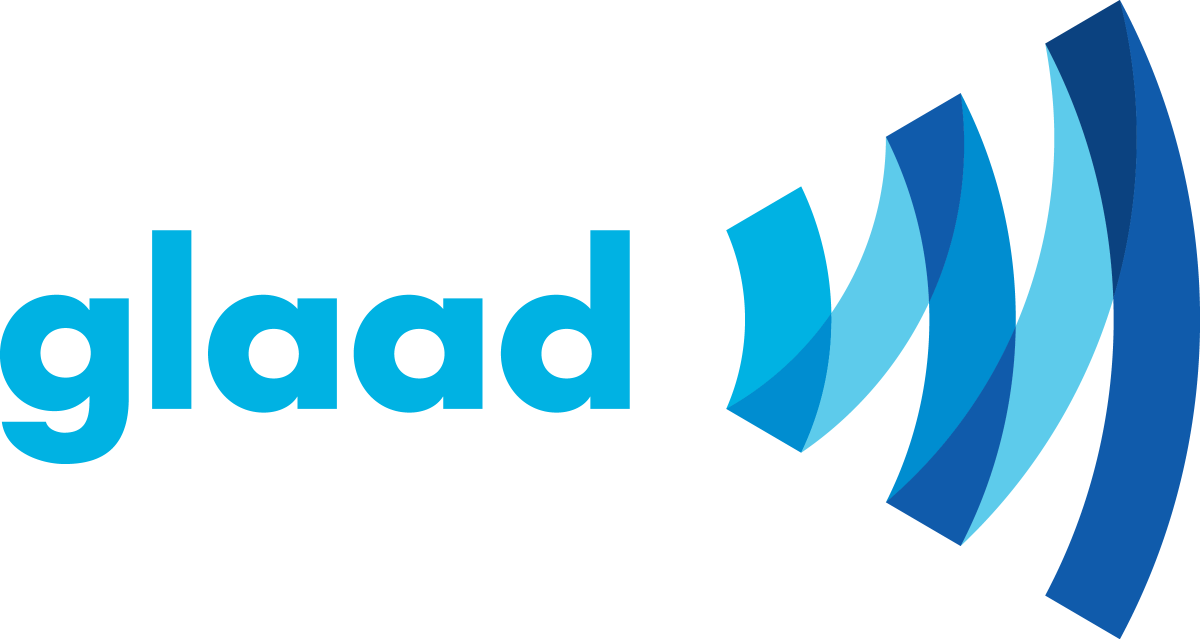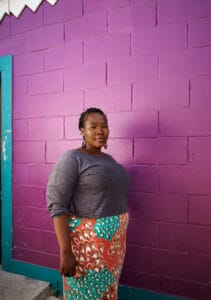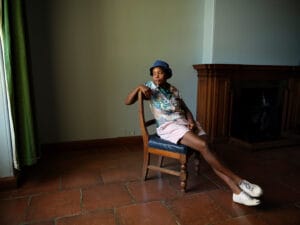This entry is part of the GLAAD Guide to Anti-LGBTQ Online Hate and Disinformation, an ongoing project to identify some of the most prevalent and egregious terms, tropes, and concepts that are used to harass, attack, and spread malicious misinformation about LGBTQ people on social media. Learn more here.
*CONTENT WARNING*
The example below includes a hateful term, phrases and imagery.
“Parents’ Rights”
“Parents’ Rights” is a common anti-trans trope used by right-wing political figures and media to fearmonger and fuel false narratives about transgender people. As inflammatory rhetoric and hate tropes targeting transgender people are on the rise, it’s critical to recognize that such terms are being deliberately deployed to fearmonger and dehumanize.
Right-wing groups and political leaders have conceptualized the so-called “parents’ rights movement” as a strategy that frames opposition to LGBTQ equality and inclusive education, including topics related to race or gender identity, as an assertion of parental authority. Disingenuously presented as merely a call for involvement in children’s education, the phrase “parents’ rights” has been mobilized by anti-LGBTQ groups and right-wing media to censor curricula, restrict access to LGBTQ-affirming books, attack transgender youth, and spread hateful rhetoric about LGBTQ people. “The ideology of parental rights,” a 2025 Mother Jones article notes, “has emerged as a cornerstone of President Donald Trump’s authoritarian agenda.” According to the Southern Poverty Law Center, “parental rights” groups will often use social media to target teachers and school officials, “spurring others to petition their own school board and libraries to ban books. The campaigns have become so charged and hate-filled that they have reportedly caused many librarians to leave their jobs, while others have been fired for refusing to take certain books off the shelves.”
Conclusion
This is just one example of anti-LGBTQ online hate and disinformation. Every term and concept should be evaluated in context. For instance, LGBTQ people and allies may use hashtags with hate terms as counterspeech, or slurs such as “tranny” or “dyke” may be used self-referentially to reclaim them. This guide will be updated on an ongoing basis. Please see the latest GLAAD Social Media Safety Index report for a deeper exploration of the current social media landscape for LGBTQ people, including GLAAD’s recommendations and thought leadership in the field.
How to Report Anti-LGBTQ Online Hate Speech and Harassment
Every major social media platform has policies which prohibit hate and harassment on the basis of protected characteristics, including sexual orientation and gender identity. To learn how to report potentially violative content, check out GLAAD’s LGBTQ Digital Safety Guide, which includes basic tips on helping our community be more safe online.
About the GLAAD Social Media Safety Program
As the leading national LGBTQ media advocacy organization, GLAAD is working every day to hold tech companies and social media platforms accountable and to secure safe online spaces for LGBTQ people. The GLAAD Social Media Safety Program produces the highly-respected annual Social Media Safety Index (SMSI) and researches, monitors, and reports on a variety of issues facing LGBTQ social media users — with a focus on safety, privacy, and expression.












